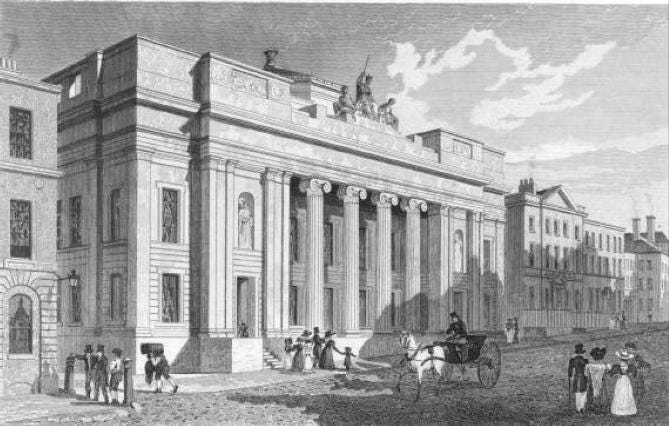Heaton Park Town Hall: A Prelude to Manchester's Gothic Civic Architecture
The Original Town Hall
Before the iconic Manchester Town Hall was conceived, the area now known as Heaton Park was home to Heaton Hall, a grand estate that encapsulated the early architectural brilliance of James Wyatt. Commissioned by Sir Thomas Egerton in 1772, Heaton Hall was a testament to Palladian design, characterized by its sandstone and stuccoed brick construction, and its traditional layout with a central block and wings ending in octagonal pavilions.
The Egerton family, who came into possession of the estate through marriage in 1684, played a pivotal role in the development of the area. Under their ownership, the house underwent significant transformations, particularly through the vision of James Wyatt, who was responsible for adding the pediment and portico that gave the hall its distinguished appearance. The hall's grounds were equally impressive, landscaped by William Eames and later by John Webb, to enclose the park with a 4-mile-…



